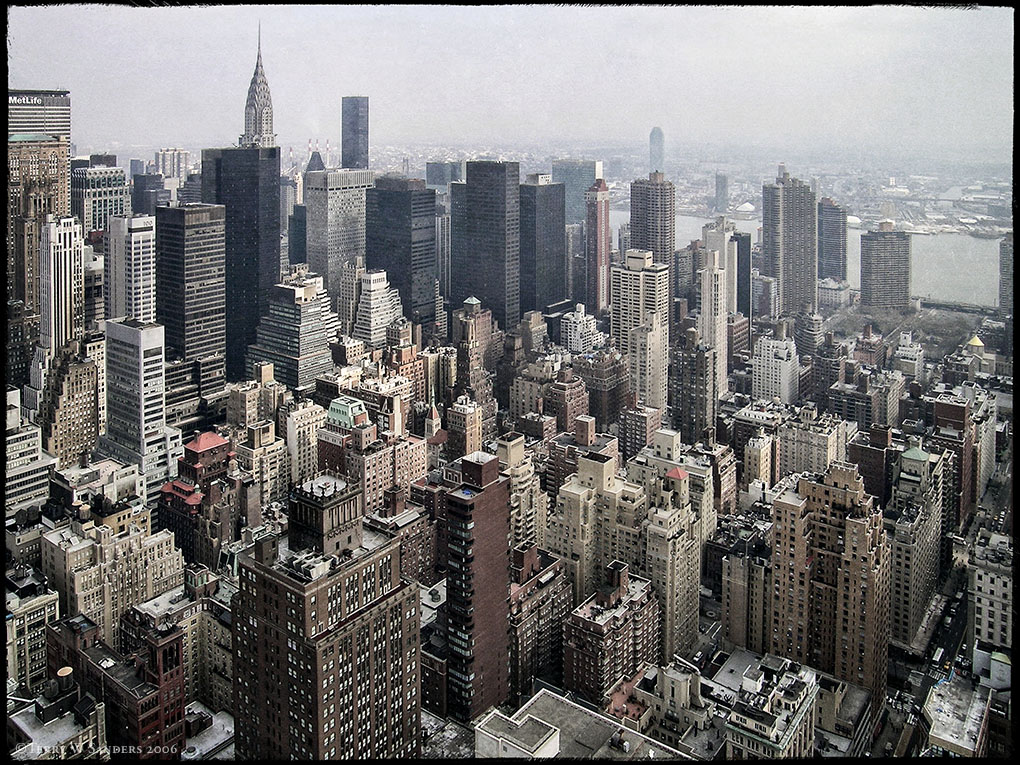Manhattan’s skyline, the iconic symbol of New York City, isn’t all it’s cracked up to be: it’s the epicenter for dropped cellphone calls in the city. A recent survey by HarrisX detailed the landscape; nearly 60% of Manhattan residents reported frequent disruptions. The City’s most densely populated borough is clearly a stress test on the system, as the rate of issues surpasses the numbers in Brooklyn (48%), the Bronx (44%), Queens (38%), and Staten Island (30%).
It’s not the population density that is the main cause of the disruptions, Manhattan’s towering skyscrapers are the primary culprits. Experts like Iain Gillott of the Wireless Infrastructure Association point out that radio frequencies struggle against the dense materials like steel and concrete that compose these buildings. Moreover, the placement of cell antennas on rooftops exacerbates the problem, as signals fail to penetrate the urban jungle to reach street-level users effectively.
Of course, while population density is not the main hurdle, it does add another layer of complexity. With the sheer number of people using cellular services in such a concentrated area, the existing infrastructure is hard-pressed to provide reliable connectivity. Calls frequently drop during “handoffs” between cell towers, a technical necessity as users move through the city.
In response to this dilemma, a city initiative through LinkNYC has been providing a workaround solution; since 2016, the company has been setting up and operating sidewalk-based kiosks that offer free public Wi-Fi. In 2021, they rolled out a new iteration of their mobile stand, the Link5G smart poles; they provide 5G cell service on top of WiFi access. These hubs aim to enhance connectivity at ground level, where it’s most needed, and alleviate the strain on cell networks.












